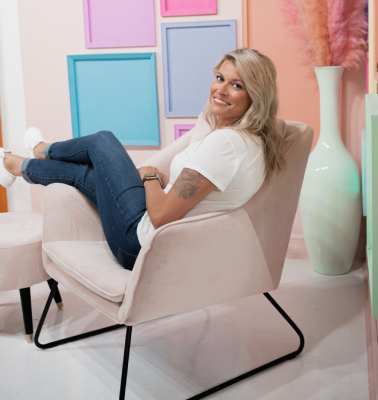If you’re considering a move to the Forest City, you’re in for a treat. Moving to London, Ontario, offers a wealth of benefits—from a vibrant cultural scene to great job opportunities. Here are the top 10 reasons why London should be your next home.
1. Affordable Living in London, Ontario
Compared to larger Canadian cities like Toronto or Vancouver, London offers a more affordable cost of living. Housing prices, rent, and everyday expenses are more reasonable, allowing you to enjoy a comfortable lifestyle without breaking the bank. This makes moving to London, Ontario, a financially smart choice for many. Learn more about the cost of living in London, Ontario.
2. Top-Tier Education in London
London is home to top-tier educational institutions, including Western University and Fanshawe College. Whether you’re pursuing higher education or seeking excellent schools for your kids, London has a reputation for academic excellence. This makes it an ideal place for families and students alike. Check out our guide to education in London, Ontario.
3. Explore London's Beautiful Parks and Nature
Known as the Forest City, London boasts an abundance of parks and green spaces. Enjoy a day out in Springbank Park, explore the trails along the Thames Valley Parkway, or visit Victoria Park in the heart of downtown. Nature lovers will feel right at home, surrounded by the natural beauty that London offers.
4. Thriving Job Market in London, Ontario
London has a diverse and growing job market, with opportunities in healthcare, education, manufacturing, and technology. The city’s economic stability makes it an attractive place for both job seekers and entrepreneurs. Whether you're looking for a new career or starting a business, London has the resources and opportunities you need. Explore job opportunities in London, Ontario.
5. Vibrant Arts and Culture Scene
The arts scene in London is thriving. From the Grand Theatre to Museum London and a variety of galleries, there’s always something cultural happening. Annual events like Sunfest and the London Fringe Theatre Festival add to the city’s vibrant atmosphere. If you love arts and culture, you'll find plenty to enjoy in London.
6. Family-Friendly Neighborhoods in London
London offers numerous family-friendly neighborhoods with excellent schools, parks, and community activities. Areas like Old North, Wortley Village, and Byron are particularly popular among families for their safe, welcoming environments. These neighborhoods provide the perfect setting to raise a family in a supportive community. Check out our comprehensive guide to the best neighborhoods in London, Ontario.
7. Great Healthcare in London
London is equipped with top-notch healthcare facilities, including London Health Sciences Centre and St. Joseph’s Health Care. Access to high-quality medical care is a significant plus for residents, ensuring that you and your family have the best healthcare available close to home. Learn more about healthcare in London, Ontario.
8. Diverse Culinary Scene
Foodies will love London’s diverse culinary scene. The city offers everything from cozy cafes and trendy bistros to international cuisine and fine dining. Don’t miss the local Covent Garden Market for fresh, local produce and artisanal goods. There's something for every palate in London's vibrant food scene. Discover the best restaurants in London, Ontario.
9. Convenient Transportation in London, Ontario
Getting around London is easy with its well-developed public transportation system operated by the London Transit Commission (LTC). Whether you’re commuting to work or exploring the city, public transit and well-maintained roads make travel hassle-free. London's transportation network ensures you can get where you need to go with ease.
10. Strong Community Spirit in London
London is known for its friendly and welcoming community. The city hosts numerous community events, festivals, and activities throughout the year, fostering a strong sense of belonging and neighborliness. Whether you're new to the city or a long-time resident, you'll quickly feel at home in London's close-knit community. Find out more about community events in London, Ontario.
Bonus: Sports and Recreation in London
If you’re a sports enthusiast, London has plenty to offer. Cheer on the London Knights at Budweiser Gardens, play a round at one of the city’s many golf courses, or join a local sports league through the Forest City Sport & Social Club (FCSSC). There are endless opportunities to stay active and engaged in London.
Final Thoughts
Moving to London, Ontario, is a fantastic choice for so many reasons. From the affordable living and excellent education to the beautiful parks and strong community spirit, this city has something for everyone. Ready to make the move? Contact us today to find your perfect home in London, Ontario! Welcome to your new home!



